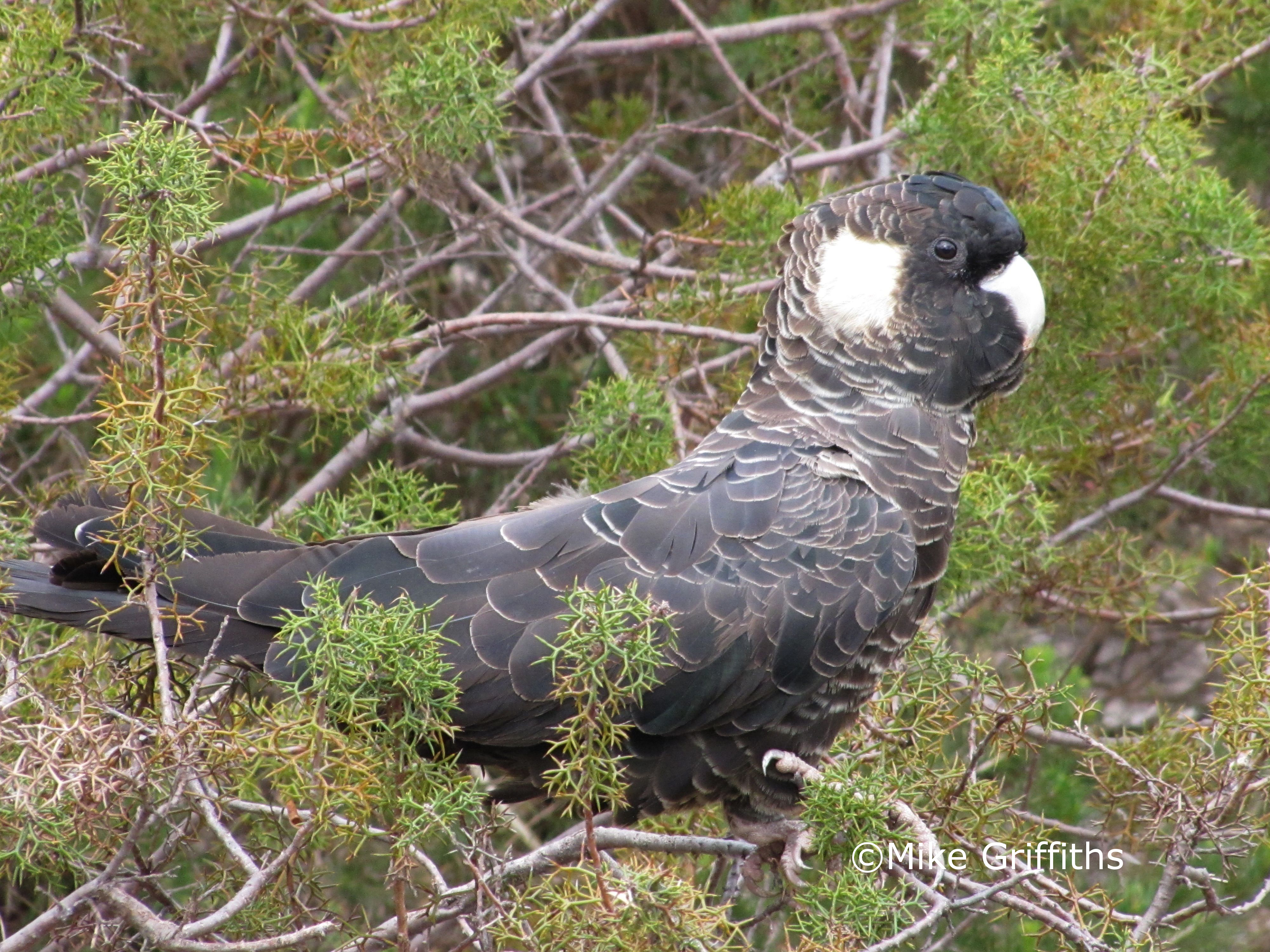The numbers are in and the news for Perth’s much-loved black-cockatoos is far from encouraging.
Results from BirdLife Australia’s 2016 Great Cocky Count indicate that populations of Carnaby’s Black-Cockatoos across the Perth–Peel Coastal Plain are still in rapid decline.
In one of the largest citizen science surveys of its kind in Australia, this year more than 700 volunteers took part in the Great Cocky Count across the Perth–Peel Coastal Plain. Their task: to count black-cockatoos as they flew in to roost sites in the evening.
“What they saw really set alarm bells ringing,” said Adam Peck, who coordinated the Great Cocky Count. “This year’s results backed up the shocking rate of decline we’ve detected in previous years’ counts. The numbers continue to fall.”
When you crunch the numbers, with 10,919 Carnaby’s Black-Cockatoos counted, the population in the Perth–Peel Coastal Plain has halved in the last six years, falling by an average of 10% per year.
“At that rate, the people of Perth are likely to lose their Carnaby’s population in just a few years.”
“The results also confirm that Perth’s pine plantations provide the most important roost sites, and this is where we are seeing really alarming results,” Adam continued. “The number of birds roosting in pines fell by 22%.”
Nearly two-thirds of the Carnaby’s Black-Cockatoos recorded in the Perth-Peel Coastal Plain roosted in a single plantation—the Gnangara-Pinjar pine plantation – but its days are numbered.
“It’s what happens between now and then that has us really worried. There’s a critical two-year time gap between when all the mature pines are cleared in 2020, and when the first 500 hectares replanted in 2012 will start producing the food Carnaby’s so desperately need.”
With only 8000 hectares of the Gnangara-Pinjar pine plantation left, any more loss of habitat will likely see these birds starve.


